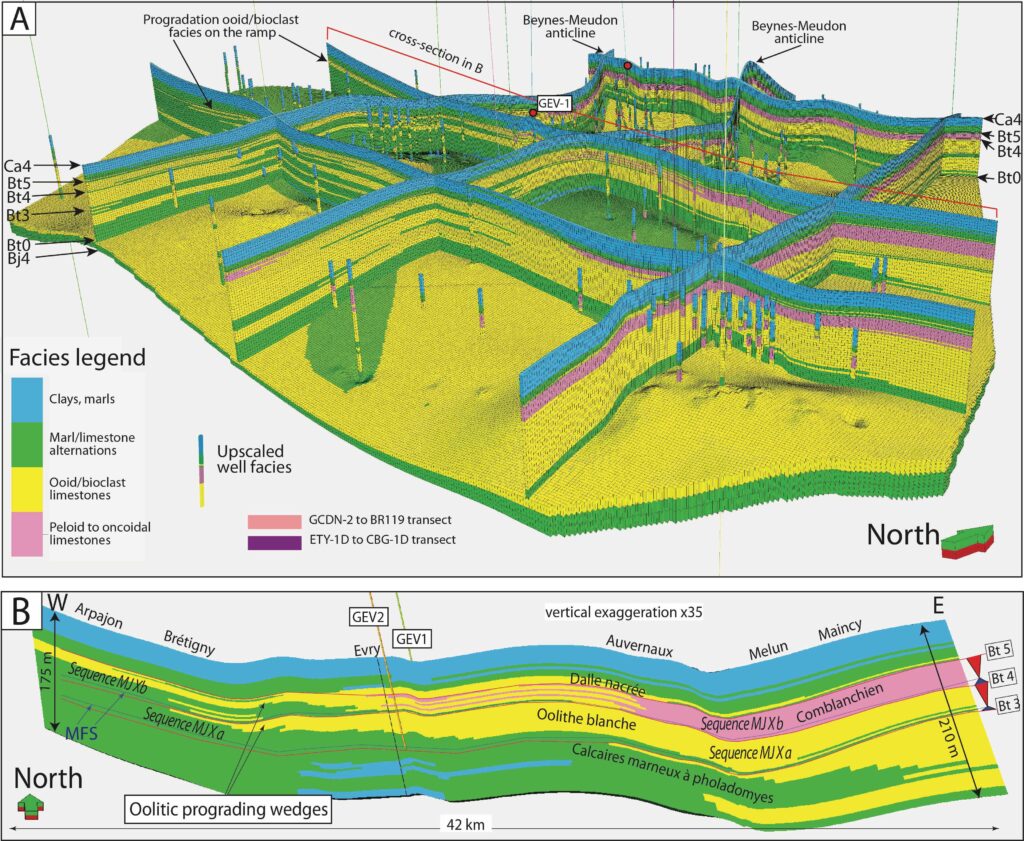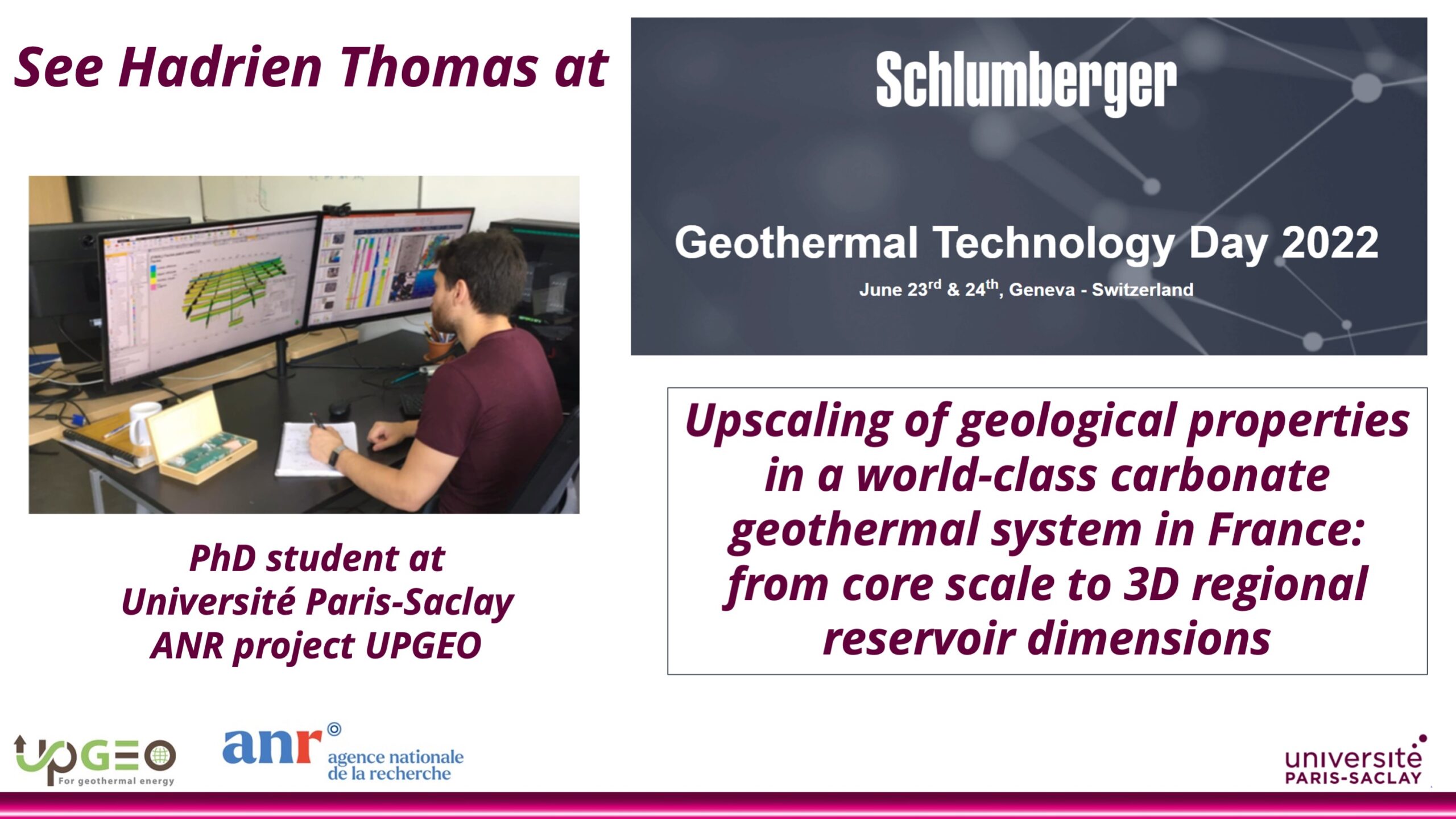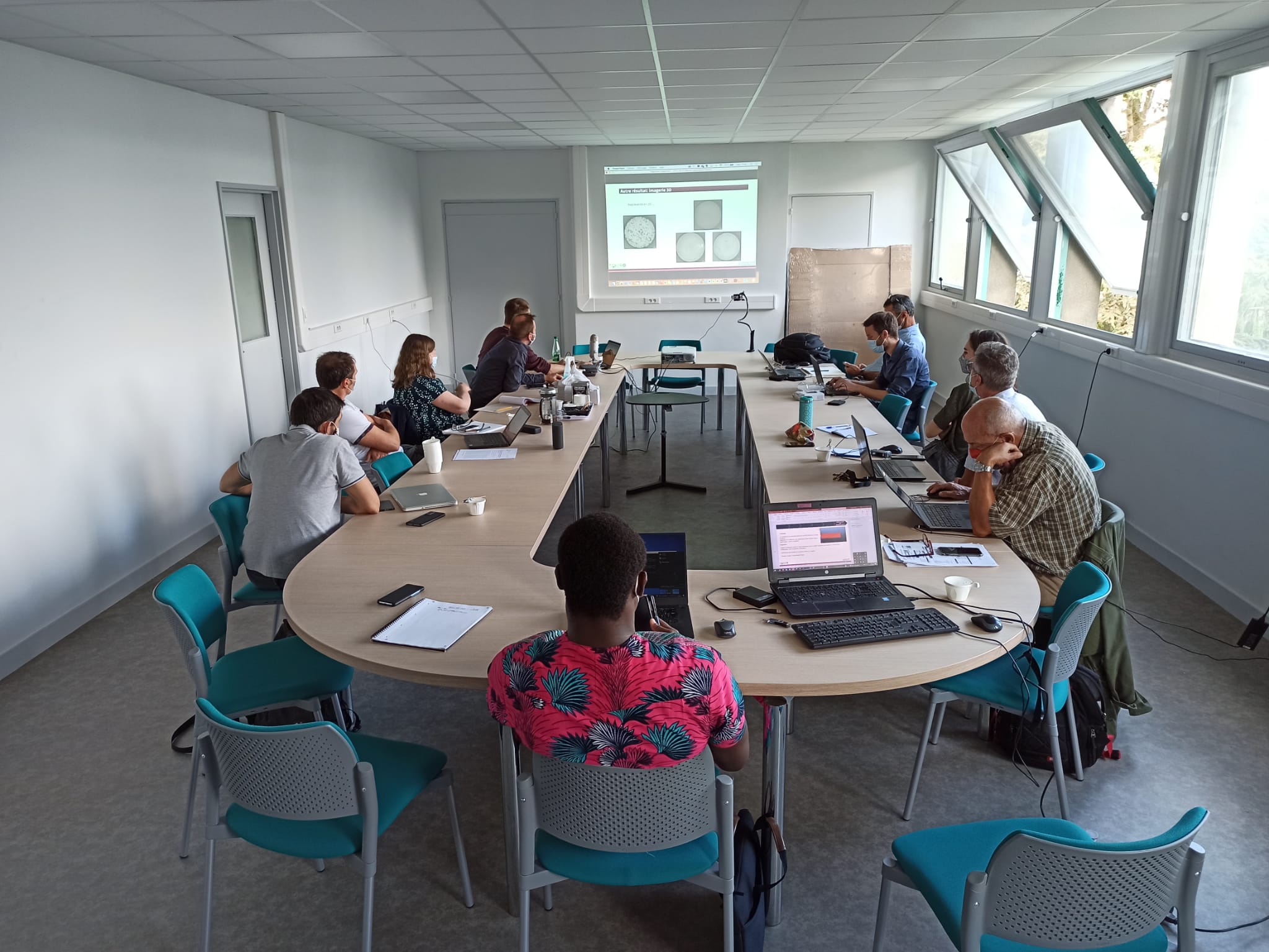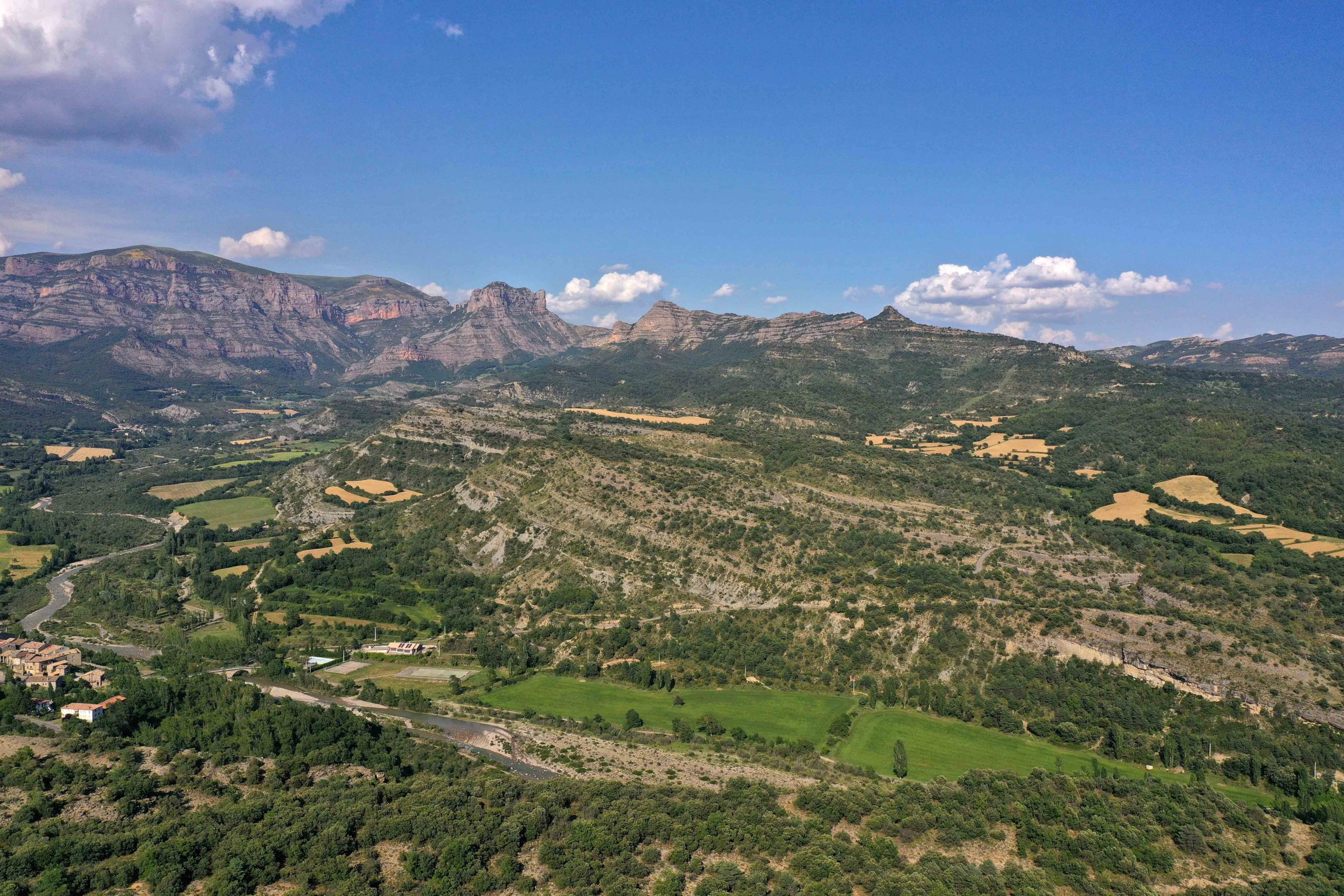Check out our last paper about geological properties in a world-class carbonate #geothermal system in France: the Bathonian of the greater Paris area.
The greater Paris area has some 12 million inhabitants and 48 heating network production units that exploit the heat capacity of a 1.5 km deep aquifer, the Bathonian limestone.
This is one of the most productive aquifers in the world for district heating, with an annual output of about 1.7 TWh of energy. The current challenge for Paris is to triple the number of heating networks using geothermal energy so as to reduce dependence on fossil fuels (40% in 2020 in France).
The main aim of this study is to create a digital database and a 3D geological model of this aquifer to minimize geological risks and optimize the location of future geothermal operations around Paris.
By compiling data from 168 wells, a high-resolution 3D geological model of 360 km3 size is constructed (about 40 km x 50 km x 0.2 km), made up of 12.2 million cells and displaying sedimentary facies, sequence stratigraphy, porosity (Φ) and permeability (k). About 20% of the oolitic and bioclastic facies are of good reservoir quality (Φ > 13% and k > 350 mD), especially in two targeted, high-quality reservoir sequences. These facies of interest probably correspond to giant dunes and a shoal/barrier prograding from east to west. In these facies, permeable zones are generally 4 m thick and form patches of 1600 m x 1100 m, on average, elongated perpendicular to the depositional slope.
2D and 3D maps of temperature, salinity, porosity, transmissivity, and permeability allow us to understand the areas of interest for geothermal exploration, as demonstrated around Grigny. This model helps us to apprehend better the heterogeneous character of the reservoir for geothermal prospection and to reduce the risk of future doublets during well implantation. Detailed local models may be extracted to anticipate better the implantation of new doublets in areas with already densely spaced existing wells.
Thomas, H., Brigaud, B., Blaise, T., Zordan, E., Zeyen, H., Catinat, M., Andrieu, S., Mouche, E., Fleury, M., 2023. Upscaling of geological properties in a world-class carbonate geothermal system in France: From core scale to 3D regional reservoir dimensions. Geothermics, 112, 102719 https://doi.org/10.1016/j.geothermics.2023.102719











